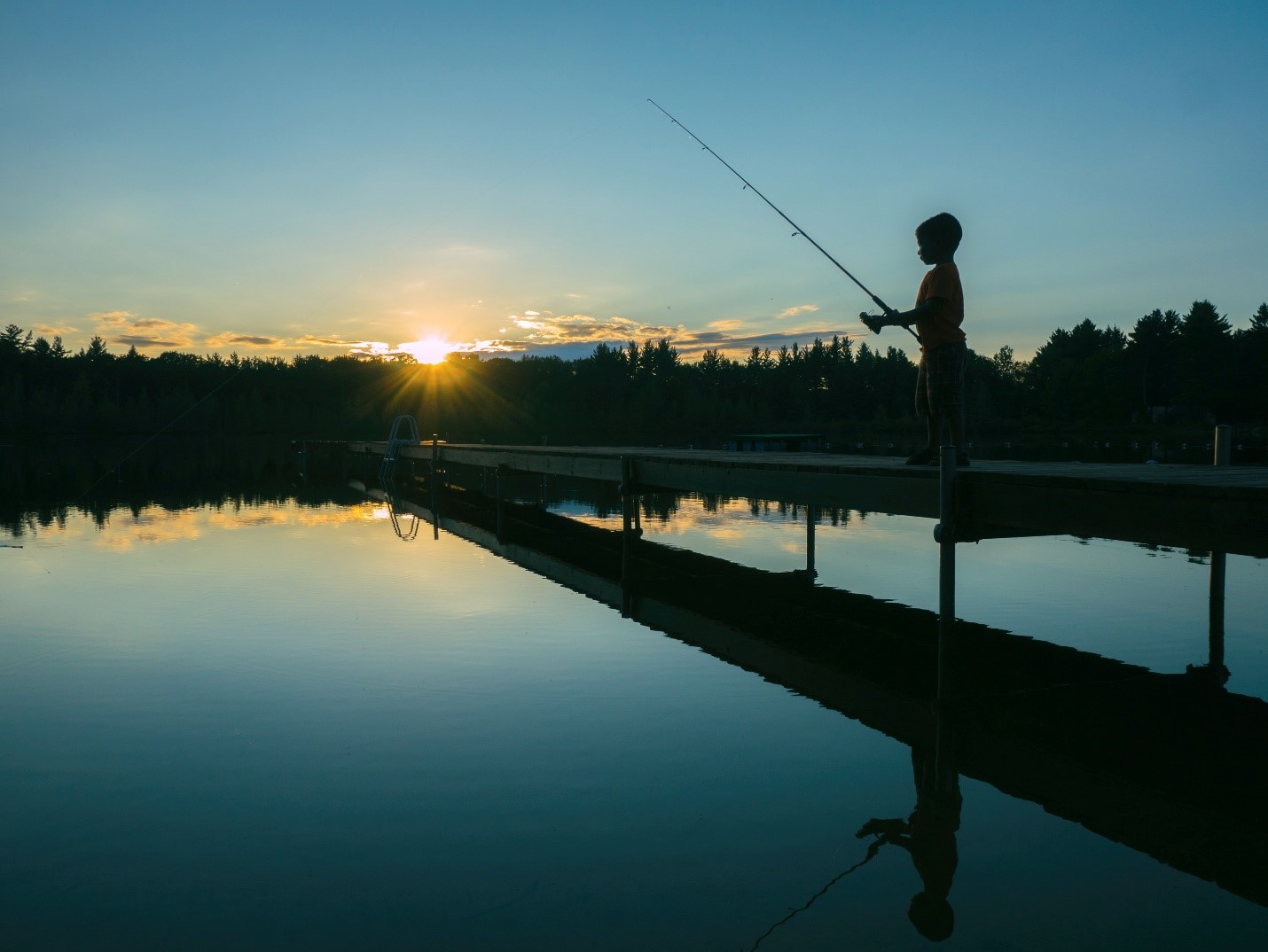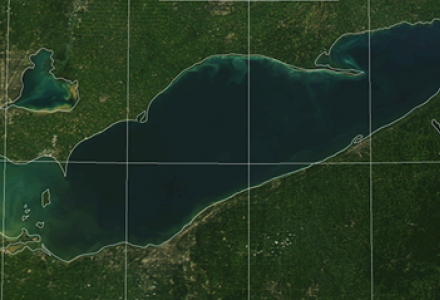
For timely, meaningful progress to improve the health of the Great Lakes, it’s going to take a village. The 2020 Great Lakes progress report from the IJC focuses on what can change in the next two years if all sectors come together to coordinate on climate and nutrients, public engagement and improved accountability through reporting.
In 2020, the Canadian and US governments rated the status and trend of the water quality of each of the five Great Lakes. The governments reported in their “State of the Great Lakes” that the overall health of the Great Lakes was “fair and unchanging.”
During summer and fall of 2019, the IJC visited and listened to communities around the Great Lakes basin. At these visits, participants expressed their unequivocal expectations that governments take action to restore and protect the lakes they cherish. In the views of the public, the status of a lake as “fair and unchanging” is a sign of inaction and lack of progress.
The IJC recently published its Second Triennial Assessment of Progress report, or TAP. The report details the IJC’s recommendations to better coordinate progress on climate change, nutrients and engaging the public. The recommendations recognize that a collaborative approach will be required to protect the lakes for generations to come.
Whose progress is it, anyway?
Who is “in charge” of progress to keep the waters of the Great Lakes clean and healthy, and how good are they at doing their job?
Binational polls by the IJC’s Great Lakes Water Quality Board show that about 40 percent of people agree that “everyone” is responsible for protecting the health of the Great Lakes, including governments at all levels, residents, businesses and recreational users. But all of us also have unique responsibilities to ensure the health of our shared Great Lakes waters.
The IJC’s latest progress report fulfills one of its responsibilities under the Great Lakes Water Quality Agreement to provide an independent perspective of the Canadian and US governments’ progress to accomplish the Agreement’s goals and objectives.

While everyone shares the responsibility to protect and maintain the Great Lakes, there are many government agencies and sectors involved in the programs and activities that go into monitoring and managing Great Lakes water quality.
In the IJC’s Triennial Assessment of Progress, the Agreement requires that the IJC direct its recommendations at the “Parties,” or federal governments of Canada and the United States. But there are many players involved in making and reporting on progress.
The governments have a number of achievements spelled out in their latest 2016-2019 Progress Report of Parties (PROP) report.
The IJC lauds the Areas of Concern (AOC) program for its successes. The AOC program is a shining example of collaboration, bringing together industry, local, regional, state, provincial, national and Indigenous governments at all levels, and the public in a process geared toward a common objective.
While celebrating the AOC program and many other examples of progress, all sectors—not governments alone—must address legacy and emerging challenges.
Collaboration 2020: develop, lead and transform
The 2020 TAP report is concise, focusing on three actionable recommendations aimed at progress the governments, and all other sectors, can achieve in the next two years.
The IJC’s first recommendation is that governments, together with the IJC, develop a plan for a better way to assess progress.
The governments’ PROP and State of the Great Lakes reports include useful content, but they need to be considered together for the IJC to be able to evaluate whether and how specific actions have resulted in specific improvements to lake conditions.
This coupling is also important for giving members of the public all the information needed to provide comments. The governments’ reports and IJC’s TAP report could also be better coordinated as part of an assessment framework that ensures that actions can be tied to progress in Great Lakes health and vitality. The IJC wishes to collaborate with governments and coordinate reports and assessments for the Great Lakes Water Quality Agreement.
As a recent IJC Great Lakes Science Advisory Board report confirmed, climate change compounds a number of other water quality stressors.
Climate change impacts also increase public health risks, disproportionately affect Indigenous and vulnerable communities and drive water levels to record-setting extremes. We note that the governments have not acted on our 2017 recommendation that the Parties develop a binational approach to climate adaptation and resilience. The IJC again calls attention to this important and unfulfilled need and offers to identify and further explore the essential elements of a binational strategy.
Increasing evidence points to the resurgence of blue-green, or cyanobacterial, algal blooms in Lake Superior as a climate-driven phenomenon. Climate change impacts on Lake Superior should be viewed as the proverbial canary in the coal mine.
The IJC recommends the Parties place a high priority on reducing or eliminating cyanobacterial algal blooms in Lake Superior. Its high resource values offer perhaps the best opportunity to showcase a government-led response to adapt to the impacts of a changing climate on our shared Great Lakes. We may have only one chance to protect its high-quality condition.
The IJC also recommends that governments transform their lakewide management program approach to communicating and engaging with the Great Lakes community. As part of its responsibility to assess progress under the Agreement, the IJC’s role is as a convenor of public dialogue.
The IJC offers its assistance to governments to transform their Lakewide Action and Management Program (LAMP) outreach and engagement activities to a model that provides more effective forums for public engagement. LAMPs, and the Lake Partnerships that support them, are important place-based forums for the public to be involved in ecosystem-based management.
Continue to step in and speak out for the Great Lakes
While all three of the IJC’s recommendations urge the governments to develop, lead and transform, everyone shares in the responsibility to help implement these recommendations over the next two years.
It’s the responsibility of the public—individuals and organizations including public interest groups, researchers and research institutions, and businesses and other nongovernmental entities—to continue to “step in and speak out” for the Great Lakes. The IJC’s 2020 TAP Story Map documents the many voices who participated in the 2019 meetings.
As the IJC follows up on its commitments to convene, coordinate and collaborate, participation from all sectors will be a critical component to succeed. We all benefit from the diversity of wisdom and understanding that all perspectives can bring to the table.
We look forward to further exploring our latest TAP report in upcoming issues of Great Lakes Connection.

Allison Voglesong Zejnati is public affairs specialist at the IJC’s Great Lakes Regional Office in Windsor, Ontario.



